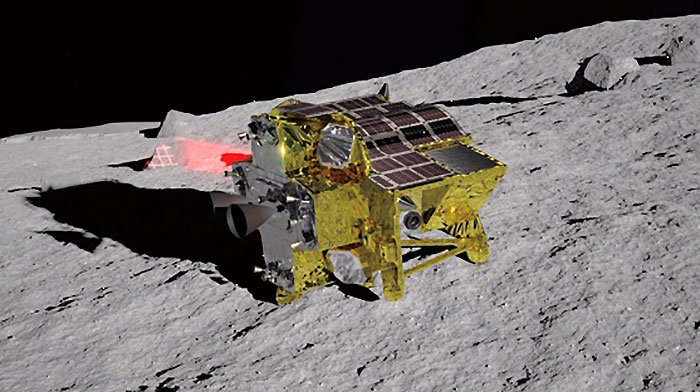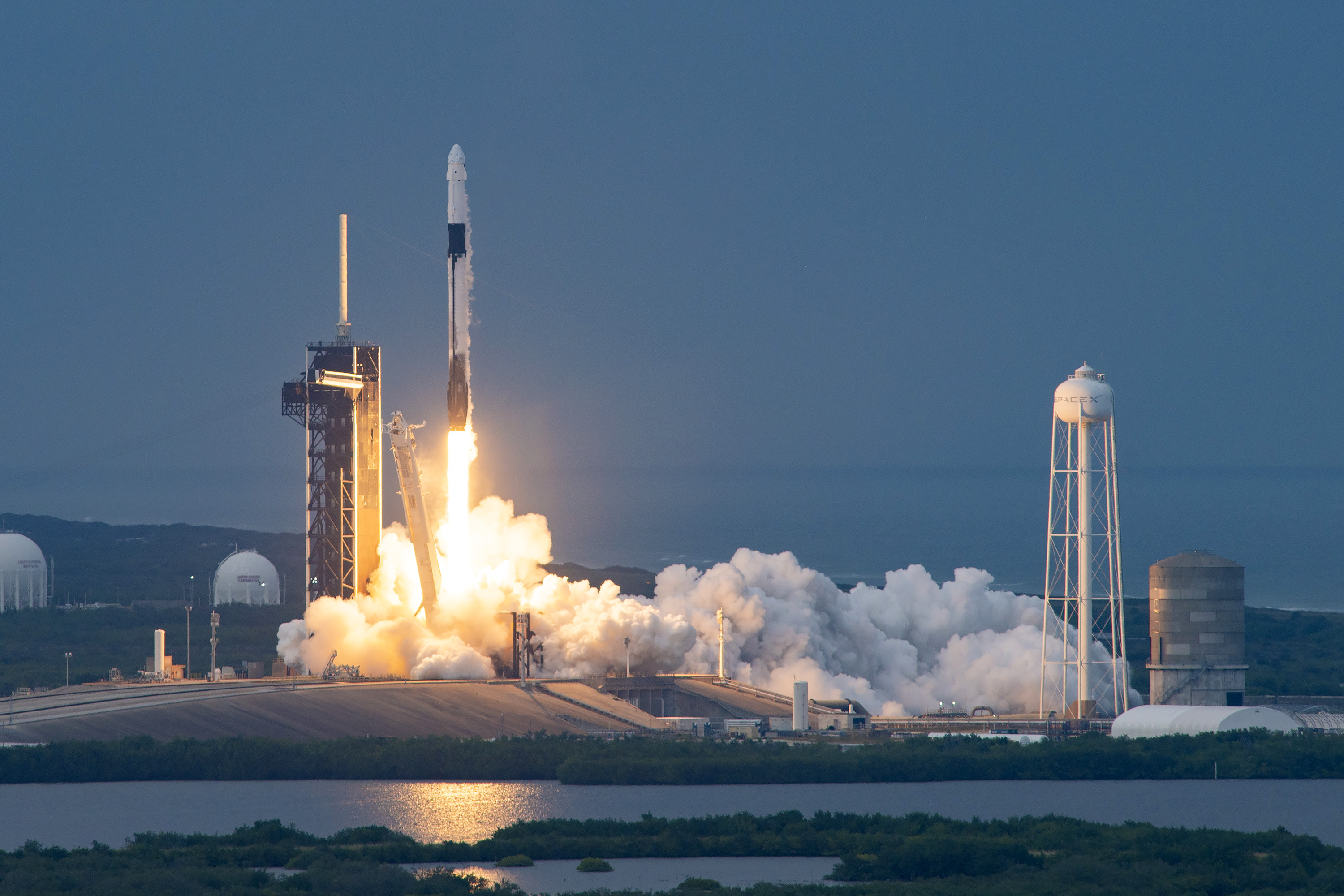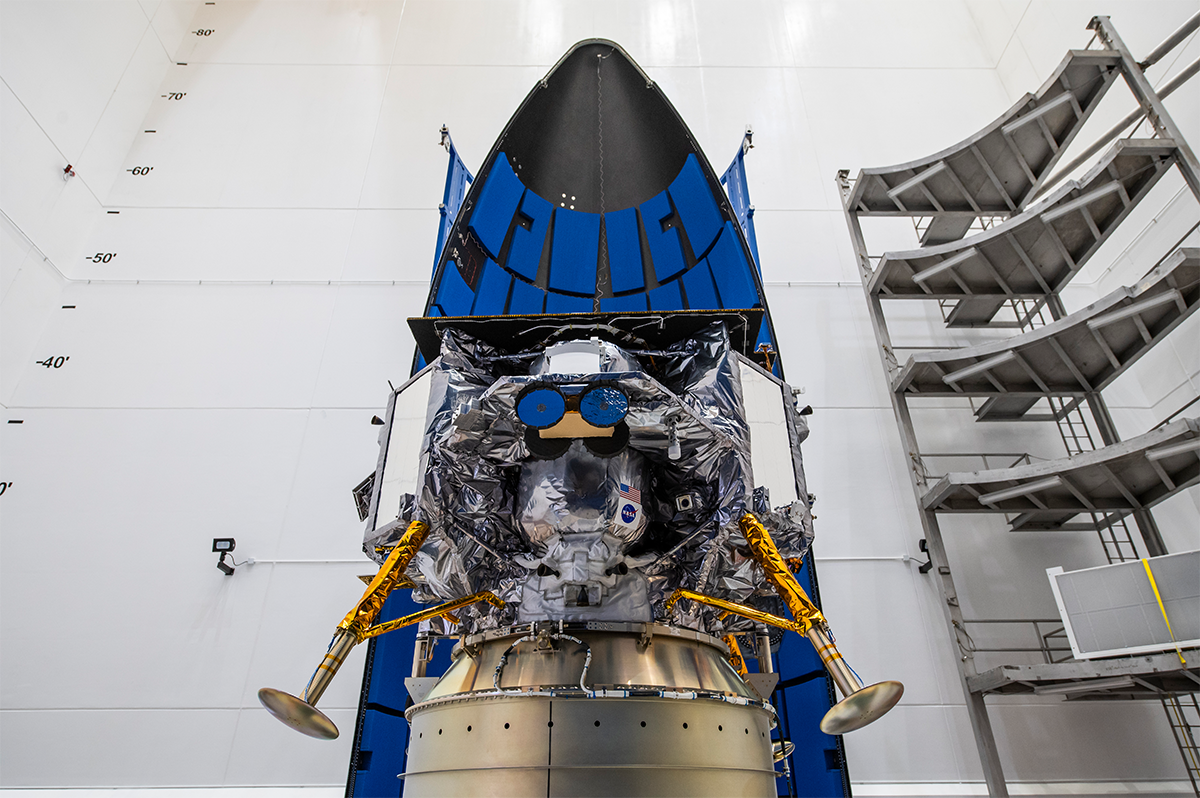Hello and welcome back to TechCrunch Space. What a week! For the second week in a row, we have lunar lander news to report on. Plus, a final update on Astrobotic’s Peregrine lander, news on the Artemis program and the first crewed launch of the year.
Want to reach out with a tip? Email Aria at aria.techcrunch@gmail.com or send me a message on Signal at 512-937-3988. You can also send a note to the whole TechCrunch crew at tips@techcrunch.com. For more secure communications, click here to contact us, which includes SecureDrop (instructions here) and links to encrypted messaging apps.
Story of the week
How could the story of the week be anything other than SLIM (Smart Lander for Investigating Moon), the Japanese lunar lander that touched down on the moon on Friday?
This makes Japan the fifth country to put a lander on the moon, joining the ranks of the United States, China, Russia and India. The Japanese Aerospace Exploration Agency (JAXA) confirmed that they had received telemetry data from SLIM just after 10:20 AM EST.
While the landing was a success, not all went to plan, unfortunately: JAXA later said that the lander’s solar cells are not currently generating electricity, which means that the mission lifetime will be greatly reduced. There’s a small chance that the solar cells could charge as the angle of the sun changes, but that depends on whether the cause is due to a pointing issue or some other anomaly, JAXA officials said in a press conference.
But even with the issue, the mission achieved a huge portion of its goal, which was to demonstrate a soft lunar landing using optical navigation technology. This new type of technology can help ensure “pinpoint” landings, or landings with an accuracy of around 100 meters, as opposed to many kilometers.

Image Credits: Japan Aerospace Exploration Agency
Launch highlights
We saw our first crewed mission this year – but even more notably, it was a completely private mission (as in not a NASA astronaut mission). Axiom Space launched its third mission with launch partner SpaceX on Thursday, with the crew successfully docking with the International Space Station at 5:42 AM EST on Saturday, January 20.
Axiom’s plan is to continue flying these private missions to the ISS at a pace of around two missions per year through 2026, which is when the company hopes to launch its first commercial space station module, Derek Hassmann, chief of mission integration and operations at Axiom Space, said during a prelaunch press conference. Axiom’s fourth flight, Ax-4, is scheduled for later this year, though a specific launch window has not been announced.

Image credit: SpaceX
What we’re reading
Loren Grush very nicely lays out some of NASA’s forward-thinking strategy with its Commercial Lunar Payload Services (CLPS) program: accept some risk. The program was established to help kickstart the development of payload delivery surfaces to the moon’s surface, and it stands in sharp contrast to NASA’s standard quo.
Astrobotic’s Peregrine lander, which suffered a fatal propulsion leak that prevented the spacecraft from having any chance of landing on the moon, is the result of a CLPS award. While Astrobotic did not complete the mission, Grush describes how NASA designed the program to be more risk-tolerant than its other endeavors.

Astrobotic Peregrine Lunar Lander
This week in space history
Thirty-two years ago this week, microgravity research was born. In 1992, NASA launched the first International Microgravity Laboratory on board the space shuttle Discovery, and it carried a number of scientific research and experiments looking into the effects of zero G on materials and living organisms. The lab was pressurized, so the mission also carried a crew of seven; they returned to Earth after eight days in space.

Image credit: NASA
